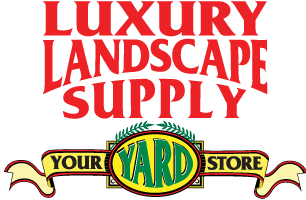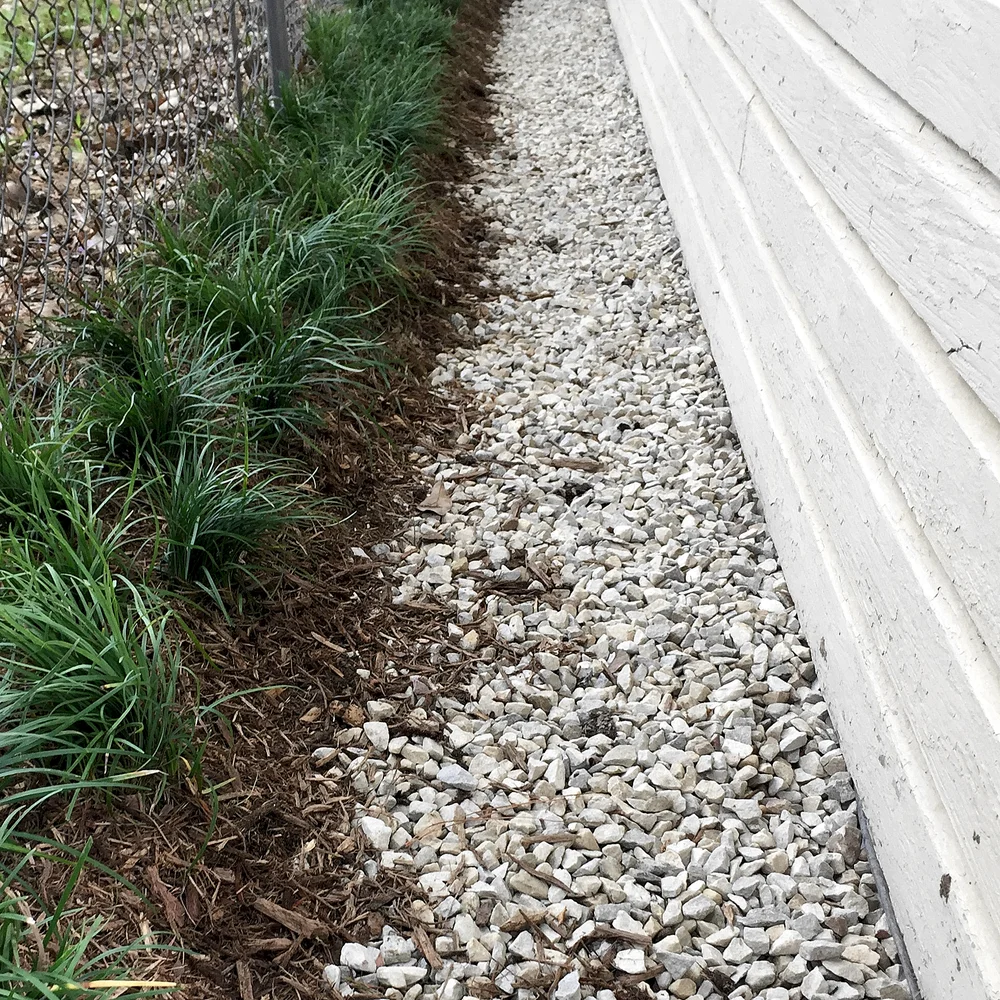Erosion is the loss of soil, usually due to flooding or wind. As soil erodes, it loses nutrients, clogs rivers with dirt, and eventually turns the area into a desert.
Although erosion happens naturally, human activities can make it much worse. Examples of this include overwatering, plantings that cannot hold the soil together, or high foot traffic.
If erosion is happening to your yard, there are a few things you can do to prevent it from worsening.
1. Add mulch or rocks
This will weigh down the soil and protect ground underneath from getting washed away. It also slows the absorption of water. Natural Red Oak Mulch works well with this or you could use decorative gravel like, river slicks or egg rock
2. Building a retaining wall
Badly eroded slopes will continue to collapse downhill until they are stabilized. A retaining wall at the base of the slope will block the soil and slow down the collapse. This gives grass or other plants time to grow and help the soil hold together.
- Give the wall a 2% slope on the side (perpendicular to the incline) so that water flows off to the side instead of pooling.
- You may build the wall from retaining wall blocks, stack stone, dry stack or 6x6x8 timbers. Only use wood treated with a preservative to prevent rot.
- Use retaining walls around flowerbeds and other raised soil areas as well.
- You may need local building permit to build these structures.
- So don’t forget to call GA-811!
3. Drainage
All buildings should have gutters or pipes that can drain water effectively out of your garden and into water collection systems. Without adequate drainage, heavy rain could wash away a whole layer of topsoil. Areas with heavy water runoff may require installing an underground perforated drainage pipe or even a dry creek bed!

